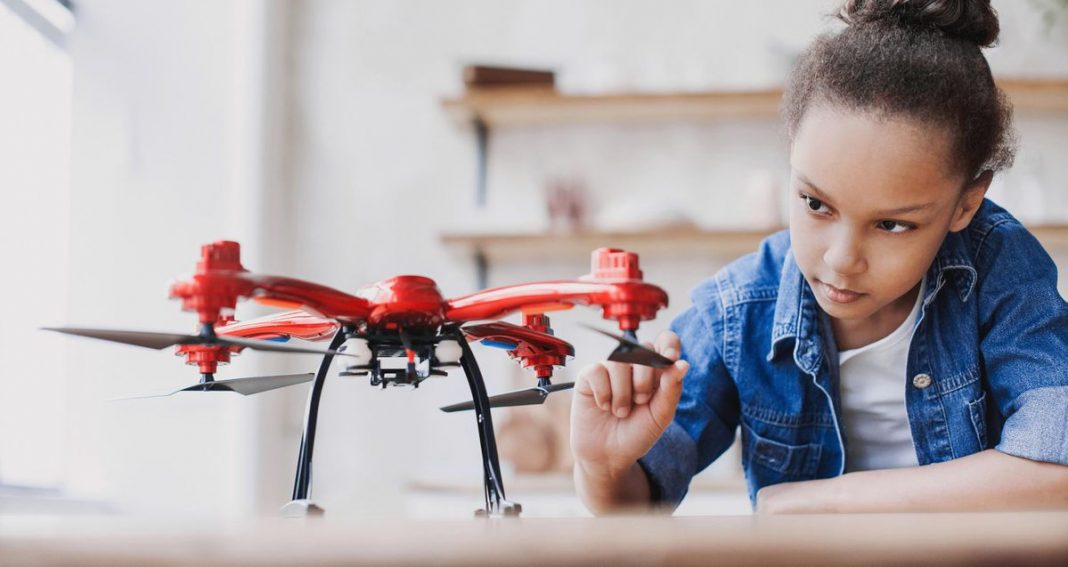
getty
When you think about ways to use drones, what’s the first thing that comes to mind? Chances are it’s not education, but that’s about to change.
Steve Wozniak’s K-12 Education program Woz ED recently announced a strategic partnership with Draganfly, an award-winning, industry-leading drone solution company, to bring drones into the classroom as an educational tool. With the proliferation of technology in all job fields, building early tech skills becomes just as important as learning math, science, and history. “Having an industry leader like Draganfly as a partner will give our kids the opportunity to learn from the best with real life experience and expertise,” said Wozniak.
From interactive whiteboards to the laptops and Chromebooks children use for schoolwork, technology is always present in the classroom. However, it’s used as a tool rather than a learning opportunity. Children may be digital natives, but that’s only in terms of using technology, not creating it or working with it. They aren’t born with an innate knowledge of coding, programming, or building tech. These skills need to be taught, which is where drones come in.
I had the chance to talk with CEO of Draganfly, Cameron Chell, to learn more about the ways drones are being used in education.
Drone education is tailored by grade level and begins as early as kindergarten. The curriculum was designed so that anyone can teach it effectively, ensuring that every student gets the same learning experience regardless of their teacher’s technological aptitude. The program is split into four levels, beginning with simplified drones for observation and exploration for the younger grades and becoming more advanced in middle and high school where students learn to build, program, and pilot their own drones. By grade 12, students are prepared to take and pass the Part 107 Drone Pilot License exam, giving them a head start on a career path immediately after they graduate high school.
Chell explained that one of the main benefits of this type of education is the additional value it provides to students in the future. It’s not that we’re expecting all of these kids to become drone operators, it’s that they’re learning valuable skills through the program that they can use throughout their careers. The drone education program builds critical thinking and problem solving skills in addition to technical skills, which will benefit them on any career path they choose.
It’s also quite likely that many of these students will end up working with drones at some point in their careers. The demand for drone-related jobs is already high and will only continue to grow.
“Drones, like computers and the internet, will have an impact on society – but ten times as big.” said Chell. “We’ve seen the beginning of consumer adoption of drones, and we’ll see commercial adoption next.” He predicts that over the next five years we’ll see exponential growth in commercial use cases for drones from things like disaster response support to property inspections and surveillance. The Association for Unmanned Vehicle Systems International projects more than 100,000 new jobs in unmanned aircraft by 2025.
This just emphasizes the need to provide students with a more robust technology education. Early exposure to working with technology will set students up for success in the future. Demand for technological proficiency is only going to continue to rise, and students who had training during their school years will be far better prepared to enter the workforce and find employment right out of high school.




